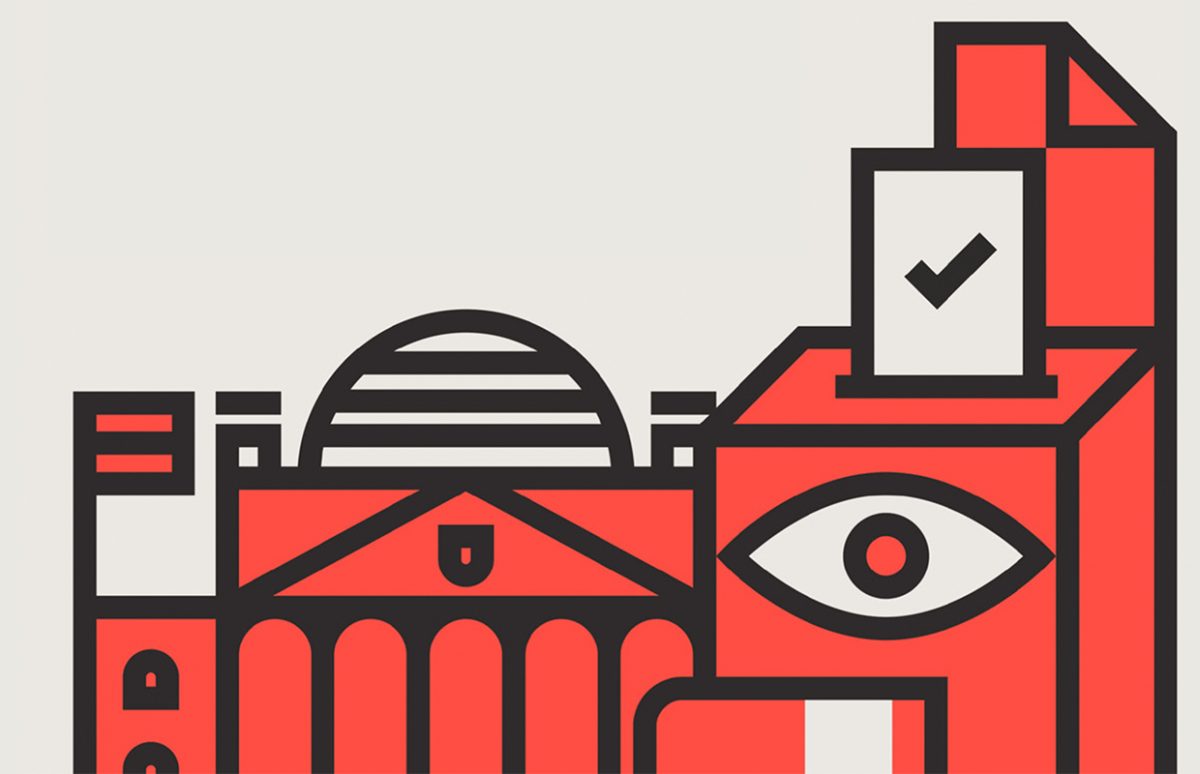April Fools Day is a perfect opportunity to get your pupils thinking about the "news" they see. April Fools Day will be followed by International Fact-checking Day, a great occasion to do some media education with your classes, working on fake news.
A great way to get pupils thinking about fake news is to ask them to come up with a story that could be an April Fool's hoax from a company or media outlet. They will soon realise that for it to work it needs to have an element of truth or verisimilitude. For example, the advert for a left-handed Mars Bar a few years back. If the story is attributed to or published by a respected institution, that already allays people's suspicions. There are some good examples on factchecking site Snopes.com's 2016 round-up of April Fool's hoaxes. We wouldn't recommend sending pupils directly there though, as some examples aren't age appropriate and others are just difficult to understand because they require specific cultural knowledge that is way above EFL learners' heads. Better to pick out two or three that are understandable.
For example, The Economist's fake story drawing a correlation between countries' ice-cream consumption and PISA reading scores. (A great proof of the famous quote: "There are lies, damned lies, and statistics.")
The Disney tattoo ban story should spark discussion too – the fact that it was from a tattoo magazine should set off alarm bells.
And the one about an unknown volcano in the Smoky Mountains (is that a smoking volcano?) neatly illustrates this quote from the creator of The National Report and several other fake news sites, "Beyond the headline and the first couple of paragraphs people totally stop reading, so as long as the first two or three paragraphs sound like legitimate news then you can do whatever you want at the end of the story and make it ridiculous."
VisitMySmokies.com, the website which published the volcano story did publish a disclaimer at the end, but not everyone reads that far.
Fake News Quiz
This Fake News quiz is quite informative. It was produced by First Draft, a non-profit organisation which aims to improve the reporting and sharing of information online. It is supported by many of the big international news networks. It could be used front of class from B1 – be clear from the outset that the point is not to get an amazing score but to learn about the subject by thinking about the questions and answers, and the corrections when necessary.
The NGO International Fact Checking Network is launching an International Fact Checking Day on 2 April. It has provided teaching tools to help raise awareness of the need to use critical thinking when surfing the Internet, including this introductory video. It has speakers of different languages and the English speakers have different accents. But from B1, pupils should be able to understand the salient point that facts are important and effect people's lives.
They have some great "How To" features: "How to spot a fake news site" is easy enough for pupils from A2+ to get the gist of. "How to fact-check an urban legend" and "How to fact-check Wikipedia entries" are more sophisticated, and need at least a B1 level. They are designed as hands-on, step-by-step guides, so they are ready-made lessons.
There is also a lesson plan that could be adapted for use from B1-B1+. It takes an example of articles about mandatory vs voluntary voting systems around the world. For language learners, you would need to point out quite early in the class that the point is looking for facts versus opinions. The basic fact-checking tools on page 11 are in fact a mini-lesson on fact-checking which is usable from B1, giving step-by-step hands-on approach to debunking a specific story.
Copyright(s) :
International Fact-Checking Day
Tag(s) : "April Fools" "education aux medias" "EMC" "EMI" "fake news" "Information" "Information communication citoyenneté" "media" "news" "traditions"





